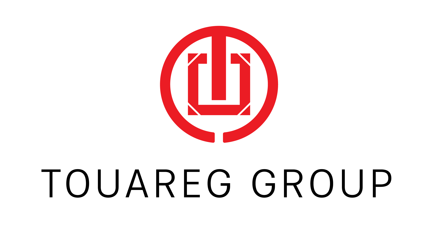

Financial Analysis

Global Asset Landscape in Q3: A Recap
The third quarter of 2023 witnessed a mixed performance in the global asset landscape. Global equities, as a whole, experienced a decline, with notable variations in different markets. The ChiNext board saw a substantial drop compared to the CSI 300 and Hang Seng Tech Index. In the US, both Nasdaq and S&P 500 reported similar declines, reflecting a broader trend of market pullback. On the commodities front, crude oil prices surged, driven by factors such as geopolitical tensions and supply concerns, while aluminum experienced a modest increase. In the fixed-income arena, the domestic bond market observed a slight uptick, with convertible bonds outperforming major equity indices, indicating a nuanced market landscape.
Market Review: A-share Focus
Turning attention to the A-share market, the pharmaceutical sector emerged as a leader in gains during the third quarter, showcasing resilience amid market challenges. In contrast, the technology and manufacturing sectors faced headwinds, resulting in declines of 10.2% and 9.7%, respectively. Noteworthy industry performances included non-financials, coal, petrochemicals, and steel, demonstrating resilience and positive growth. Conversely, power equipment, media, and computers experienced notable declines, signaling challenges in those sectors. The trading logic in overseas markets revolved around factors like resilient growth, sustained increases in the US government's debt, and rising expectations of central bank tightening. On the domestic front, trading decisions were influenced by continually evolving policies and short-term improvements in growth. Despite frequent policy interventions, growth showed gradual improvement, but corporate profit flexibility remained somewhat constrained.
Macro Analysis: Global Economy and Inflation Outlook
A comprehensive macroeconomic analysis reveals a stabilized but low-level global manufacturing sector, coupled with a decline in the service sector. The US economy demonstrated stronger resilience compared to Europe, with the latter facing challenges in its manufacturing sector. The de-stocking cycle is reaching its latter stages, particularly in the US, and global demand is stabilizing. The US, however, is approaching the end of its de-stocking cycle, while external pressures on export-oriented economies persist. In terms of inflation, expectations in the US are for a gradual reduction in the fourth quarter, although the Federal Reserve's target remains elusive. Liquidity-wise, economic resilience and above-average inflation constrain the Fed from adopting a fully accommodative stance. From a medium-term perspective, economic resilience, moderately tight monetary policy, and substantial US Treasury debt issuance collectively contribute to maintaining elevated US bond yields.

Strategy Allocation: Recommendations for Q4
In the realm of strategy allocation, the recommendation is a moderately high allocation to equities and a moderately low allocation to fixed income. Fixed income allocation follows a standard approach. Interest rates are expected to remain volatile, presenting short to medium-term opportunities in credit strategy. In convertible bond strategy, a standard allocation is advised, considering market sentiment.
A-share Allocation Recommendations: Balanced Approach
For A-shares, a balanced approach is recommended, combining "cyclical growth." The recovery expectations theme suggests focusing on traditional economic sectors like petroleum and petrochemicals, non-ferrous metals, coal, food, and beverages. Stocks with moderate valuations and high dividends are emphasized in sectors such as energy, finance, telecom operators, and utilities. Industry trends recommend monitoring developments in areas like artificial intelligence, innovative applications, humanoid robotics, and satellite communications.
Hong Kong Stock Market: Managing Global Volatility
The Hong Kong stock market faces potential disturbances due to fluctuations in US dollar liquidity and high volatility in overseas markets. As the domestic recovery progresses, focusing on high dividend-yield state-owned enterprises is suggested. Sectors relatively sensitive to US bond rates, such as technology, pharmaceuticals, and some consumer sectors, may benefit from expectations of profit recovery.
Commodity Analysis: Crude Oil and Gold
Crude oil prices are supported by low inventories, tight supplies, and stable demand. The demand side sees a moderate recovery in China and resilient but slowing economic conditions in the US. Europe's weakness is countered by overall stable demand for crude oil. On the supply side, OPEC+ commitment to maintaining high oil prices and production cuts contribute to the positive outlook. The potential for increased production in Iran introduces an element of uncertainty. Global crude oil inventories at historical lows and the drawdown of US strategic petroleum reserves provide fundamental support to oil prices. Gold prices may face pressure from tightened US dollar liquidity, necessitating a clear shift towards dovishness by the Federal Reserve for long-term opportunities.
In Conclusion: Navigating Q4 Dynamics
In summary, the fourth quarter of 2023 is expected to be influenced by changes in overseas growth, inflation, the US fiscal situation, and monetary policy responses. The strategic approach involves a balanced allocation, emphasizing key themes for A-shares, and staying vigilant amidst global economic shifts and market volatility. Investors are urged to consider the nuanced dynamics in each market segment and tailor their strategies to align with prevailing conditions, fostering a resilient and adaptive investment approach.

